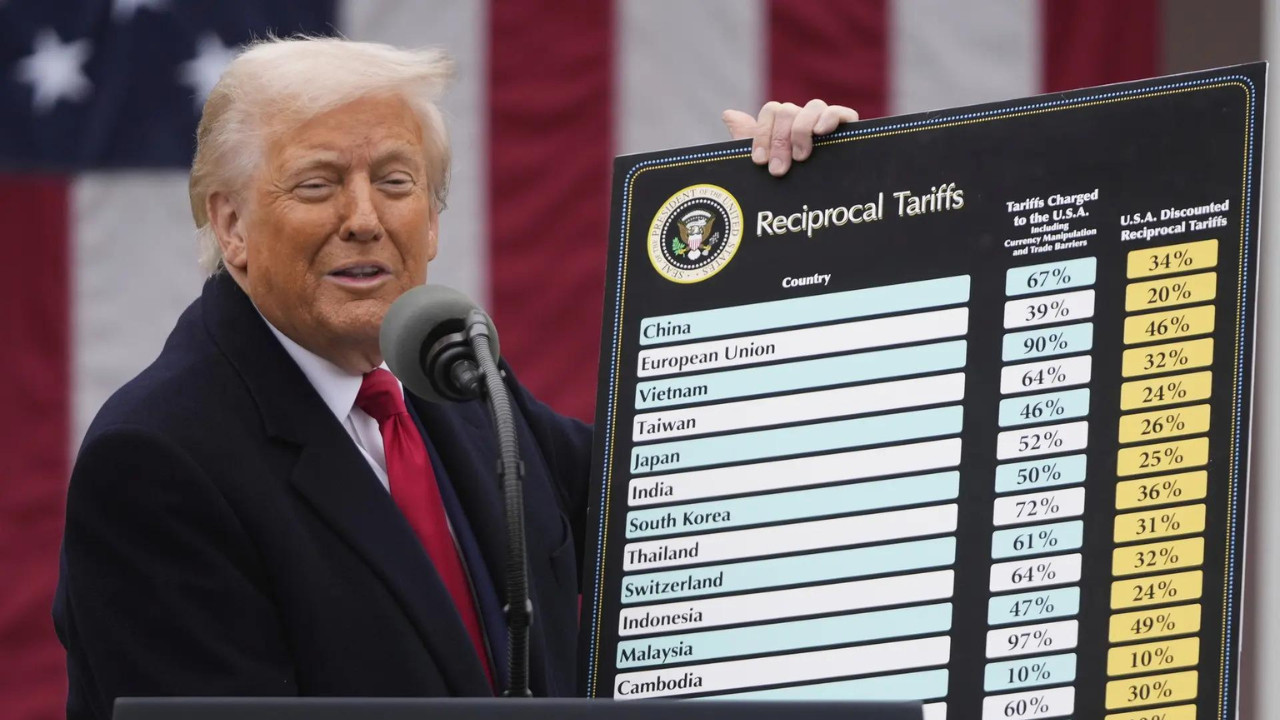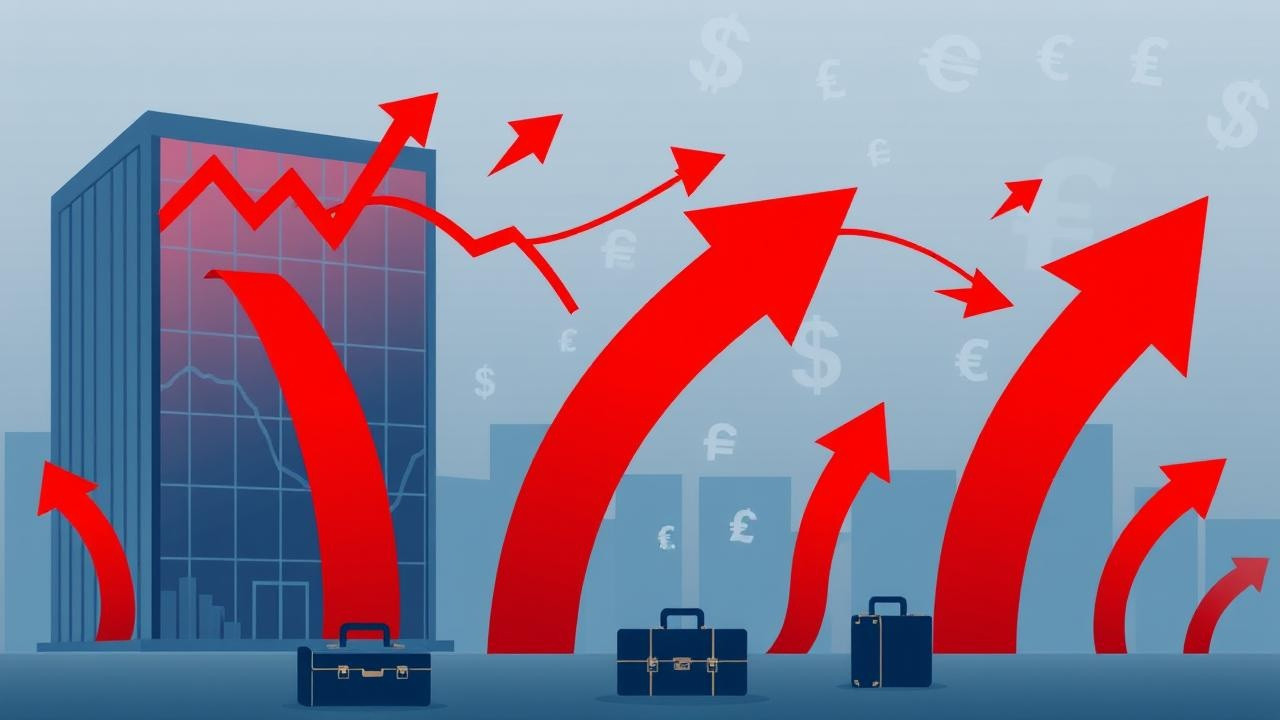The World Braces for Impact: Trump’s Tariff Revival and What it Means
Donald Trump’s recent move to reinstate tariffs on several countries, including India, has sent ripples across the global economy. This isn’t just a minor tweak; it’s a significant shift that could reshape trade relationships and impact businesses worldwide. So, what’s really going on, and how might this affect you?
For years, the Generalized System of Preferences (GSP) offered a lifeline to developing nations, allowing them to export certain goods to the U.S. duty-free. This program, designed to foster economic growth, provided a competitive edge in the American market. However, Trump’s administration began dismantling key elements of this system, citing concerns about fair trade practices and reciprocal market access.
Now, these concerns have resurfaced. The latest White House order signals a renewed focus on protecting American industries and leveraging trade policy to achieve specific economic goals. It’s a high-stakes game of chess, and the moves being made are anything but subtle.
India in the Crosshairs: Navigating the Tariff Terrain
India finds itself among the nations facing the revived Trump tariff. While the exact scope of the impact remains to be fully seen, several key sectors are likely to feel the pinch. Exports related to textiles, agricultural products, and certain manufactured goods are potentially vulnerable.

For Indian businesses, this translates to higher costs, reduced competitiveness, and the need to explore alternative markets. It also forces a re-evaluation of supply chains and potential adjustments to pricing strategies. The move could potentially slow down India’s export growth in the short term, placing pressure on other sectors to compensate. Think of it as a sudden obstacle in a carefully planned race; it requires agility and strategic adjustments to stay on track.
Beyond India: A Global Domino Effect
The implications extend far beyond India’s borders. Dozens of countries relying on the GSP are now facing a similar predicament. This has the potential to disrupt global supply chains, inflate prices for American consumers, and trigger retaliatory measures from affected nations. It is a tangled web of international trade, with each thread interconnected. Pulling one thread invariably affects others.
European nations, already navigating complex geopolitical landscapes, will undoubtedly be watching closely. The revived tariffs could force them to reassess their own trade agreements and potentially lead to a renewed focus on regional trade partnerships. The overall impact on the global economy could be significant.
What’s Driving This? Understanding the Motivation
The driving force behind this revival appears to be a combination of factors. A desire to protect American jobs and industries, a commitment to “fair trade,” and a broader strategy to rebalance global trade relationships are all at play. The administration seems to be signaling a willingness to use tariffs as a bargaining chip to secure more favorable trade deals.
It’s a bold strategy, but it comes with risks. Tariffs can lead to inflation, harm consumer spending, and ultimately damage economic growth. The long-term consequences remain uncertain.
Key Takeaways and What to Expect
Here’s a brief summary of the situation:
* GSP Changes: The Generalized System of Preferences is being used as leverage in trade negotiations.
* Impact on India: Several Indian export sectors, particularly textiles and agriculture, could be affected by the Trump tariff.
* Global Ripple Effect: Numerous other countries also face potential disruptions.
* Strategic Motivation: The U.S. aims to protect domestic industries and achieve fair trade agreements.
Looking ahead, businesses and policymakers will need to stay informed and adapt quickly. Diversifying export markets, streamlining supply chains, and actively engaging in trade negotiations will be crucial for mitigating the negative impacts of these tariffs. For related analysis, see our article on [understanding trade agreements](internal_link_to_trade_agreement_article).
Navigating the New Landscape
The reinstatement of these tariffs marks a new chapter in global trade relations. It’s a complex situation with potentially far-reaching consequences. Only time will tell how this will ultimately play out, but one thing is clear: businesses and governments alike must be prepared to navigate this evolving landscape with agility and strategic foresight. Successfully adapting to the changing environment requires a proactive approach, embracing innovation, and seeking new opportunities in an increasingly competitive global market.







